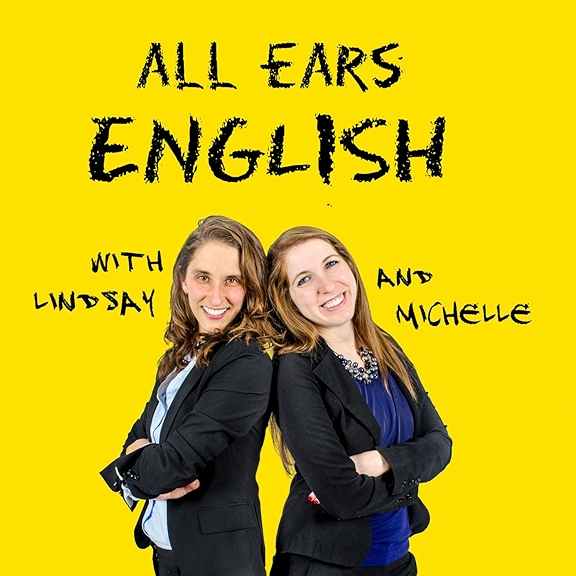
201. How Did We Fix the Ozone Layer? (English Vocabulary Lesson)
JOIN THE CONVERSATION CLUB -- https://www.patreon.com/thinkinginenglish
NEW YOUTUBE Channel!!! - https://www.youtube.com/@thinkinginenglishpodcast
ENGLISH CLASSES - https://thinkinginenglish.link/
TRANSCRIPT - https://thinkinginenglish.blog/2023/01/23/how-did-we-fix-the-ozone-layer/
In the 1980s, the world was terrified by the threat of holes in the ozone layer. Today, these holes are almost gone. How did this happen? How did humans heal the ozone layer? And are there any lessons we could learn from this?
INSTAGRAM - thinkinginenglishpodcast (https://www.instagram.com/thinkinginenglishpodcast/)
YouTube - https://www.youtube.com/@thinkinginenglishpodcast
Vocabulary
- Ozone (n) - a colourless gas that is a form of oxygen. The ozone layer absorbs radiation from the sun
- Atmosphere (n) - the mixture of gases around the earth. These factories are releasing toxic gases into the atmosphere
- Stratosphere (n) - a layer in the upper atmosphere of a planet where the temperature increases with height. The ash cloud rose 35km into the stratosphere
- Radiation (n) - energy in the form of waves or particles. Ultraviolet radiation can cause skin cancer
- CFC (n) - abbreviation for chlorofluorocarbon: a gas used in fridges and, in the past, in aerosols. CFCs cause damage to the ozone layer
- Molecule (n) - the smallest unit into which a substance can be divided without chemical change, usually a group of two or more atoms. An ozone molecule contains three oxygen atoms
- Protocol (n) - a formal international agreement. The Geneva Protocol of 1925 prohibits the use of poisonous gases in war.
- To ratify (v) - (especially of governments or organizations) to make an agreement official. Many countries have now ratified the UN convention on the rights of the child.




















